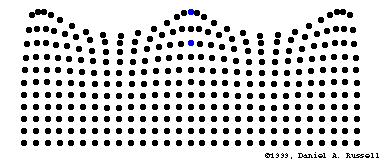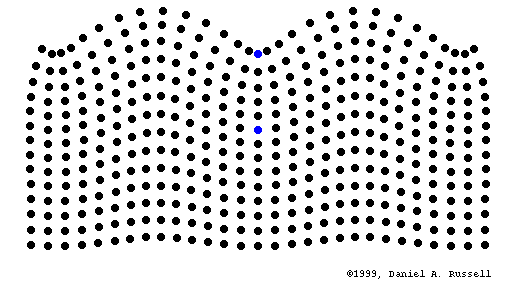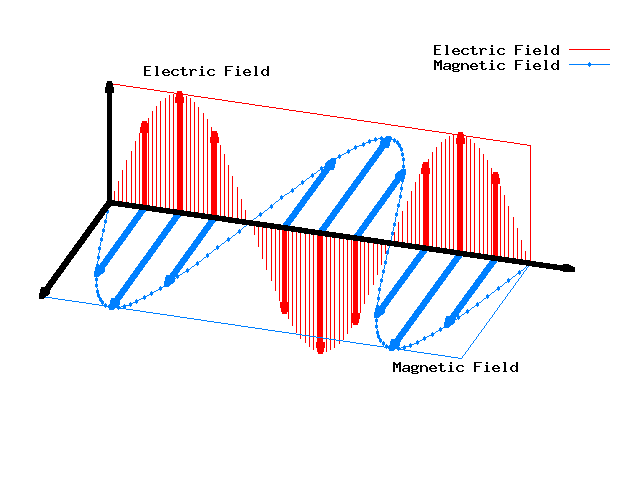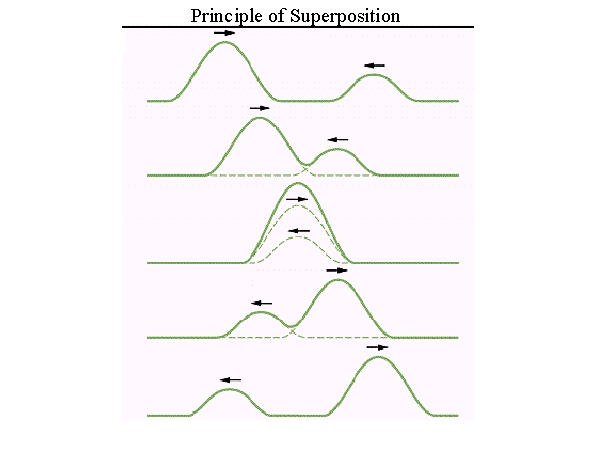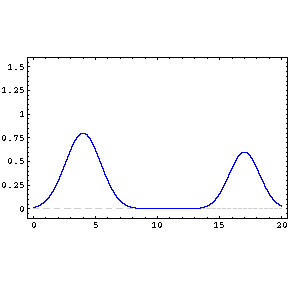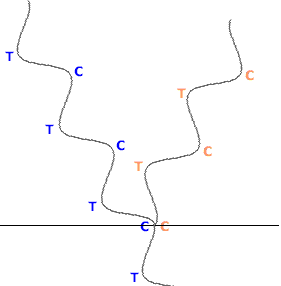Forest EngPhys 1
Physics for Scientists and Engineers
Class Policies
Schedule
Syllabus
Virtual Demos
Chapt 15 Waves
http://english.ioa.cas.cn/rs/psk/200907/t20090708_22097.html
Longitudinal Waves
In a longitudinal wave the particle displacement is parallel to the direction of wave propagation. The animation below shows a one-dimensional longitudinal plane wave propagating down a tube. The particles do not move down the tube with the wave; they simply oscillate back and forth about their individual equilibrium positions. Pick a single particle and watch its motion. The wave is seen as the motion of the compressed region (ie, it is a pressure wave, sound wave), which moves from left to right.
Tansverse Waves
In a transverse wave the particle displacement is perpendicular to the direction of wave propagation. The animation below shows a one-dimensional transverse plane wave propagating from left to right. The particles do not move along with the wave; they simply oscillate up and down about their individual equilibrium positions as the wave passes by.
Water Waves
Water waves are an example of waves that involve a combination of both longitudinal and transverse motions. As a wave travels through the waver, the particles travel in clockwise circles. The radius of the circles decreases as the depth into the water increases. The movie below shows a water wave travelling from left to right in a region where the depth of the water is greater than the wavelength of the waves. I have identified two particles in blue to show that each particle indeed travels in a clockwise circle as the wave passes.
Rayleigh Waves
Another example of waves with both longitudinal and transverse motion may be found in solids as Rayleigh surface waves. The particles in a solid, through which a Rayleigh surface wave passes, move in elliptical paths, with the major axis of the ellipse perpendicular to the surface of the solid. As the depth into the solid increases the "width" of the elliptical path decreases. Rayleigh waves are different from water waves in one important way. In a water wave all particles travel in clockwise circles. However, in a Rayleigh surface wave, particles at the surface trace out a counter-clockwise ellipse, while particles at a depth of more than 1/5th of a wavelength trace out clockwise ellispes. The movie below shows a Rayleigh wave travelling from left to right along the surface of a solid. I have identified two particles in blue to illustrate the counterclockwise-clockwise motion as a function of depth.
E & M Wave
Principle of Superposition
Huygens Principle
File:TF EngrPhy1 HuygensPrinciple 1.gif
reflection
Phase Shift
"C" = wave crest, "T" = wave trough


